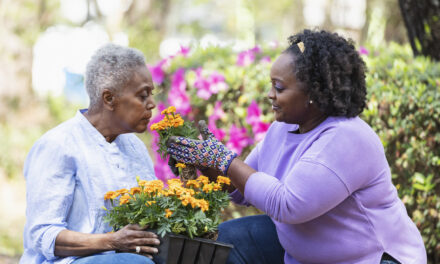Washing your hands is one of the best ways to avoid getting sick. It helps prevent the spread of germs and bacteria, both at home and in public spaces.
You can help protect yourself and loved ones from harmful bacteria by washing your hands properly and often.
5 Steps to Proper Handwashing
1Wet your hands with clean running water, turn off the tap, and apply soap.
2Lather your hands by rubbing them together with the soap, making sure to get the backs of your hands, between your fingers, and under your nails.
3Scrub your hands for 20 seconds—about the time it takes to sing the “Happy Birthday” song twice.
4Rinse off the soapy water under clean, running water.
5Dry your hands with a clean towel or let them air dry.
When to Wash Your Hands
There are times when we’re more likely to spread germs than others. Make sure to stay healthy by washing your hands before, during, and/or after these activities.
- Preparing food
- Eating
- Caring for someone who is ill
- Treating a cut or wound
- Using the bathroom
- Changing a diaper
- Coughing, sneezing, or blowing your nose
- Touching or feeding an animal
- Taking out the garbage
Using Hand Sanitizer
In most situations, using soap and water is the best way to get rid of germs. However, in the event that soap and water aren’t available, you can use hand sanitizer. Make sure to check the label and use sanitizers containing at least 60% alcohol.
While hand sanitizer reduces the amount of germs on your hands, it isn’t able to get rid of all types of germs and might not be as effective if your hands are dirty or greasy.
Handwashing is Proven to Fight Sickness
According to the CDC, handwashing can prevent 1 in 3 diarrhea-related sicknesses and 1 in 5 respiratory infections, such as cold and flu.
People often touch their eyes, nose, and mouth without realizing it, which introduces germs into their bodies. Teaching people about handwashing can help fight the spread of germs and illness in our communities.





